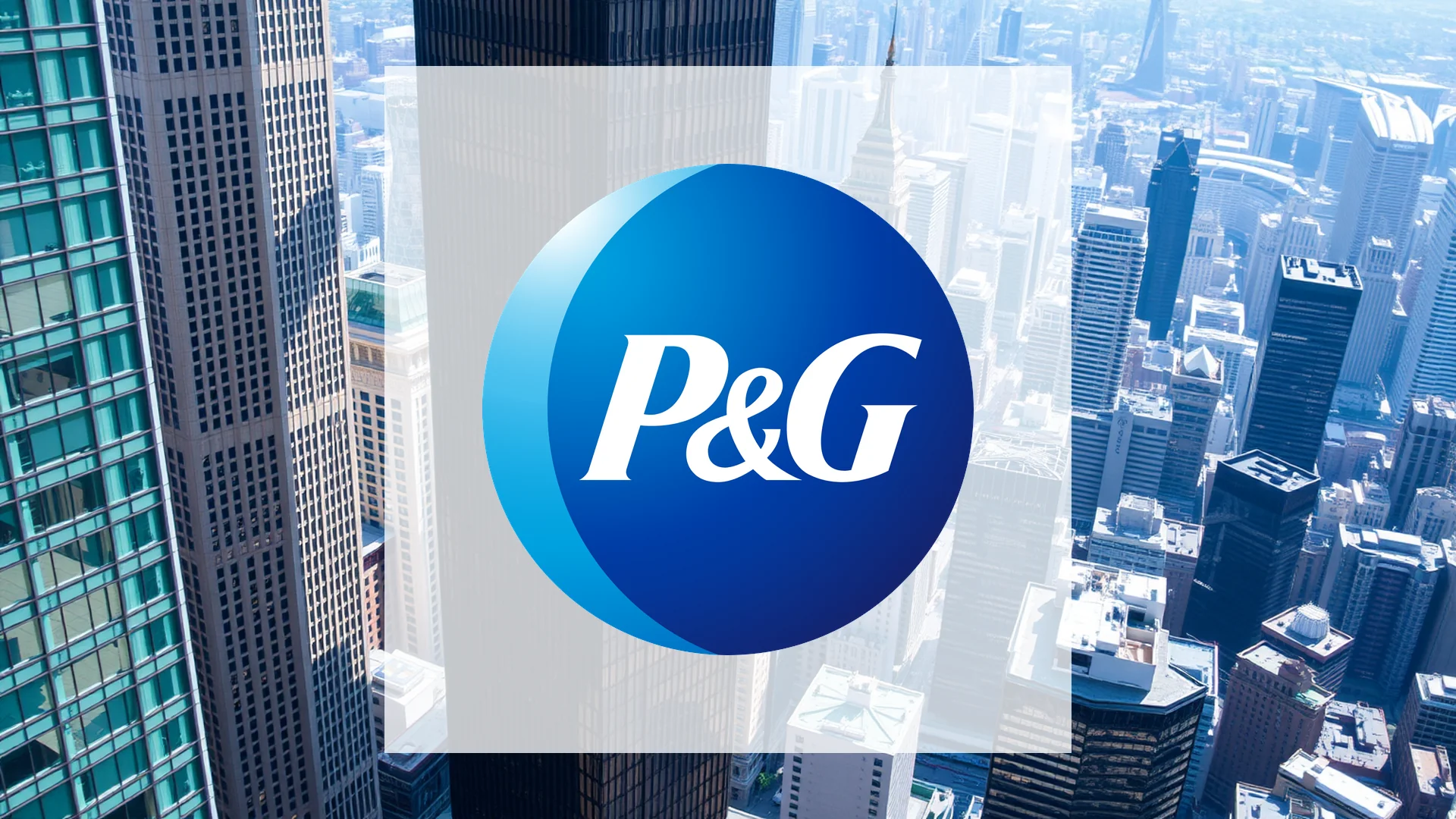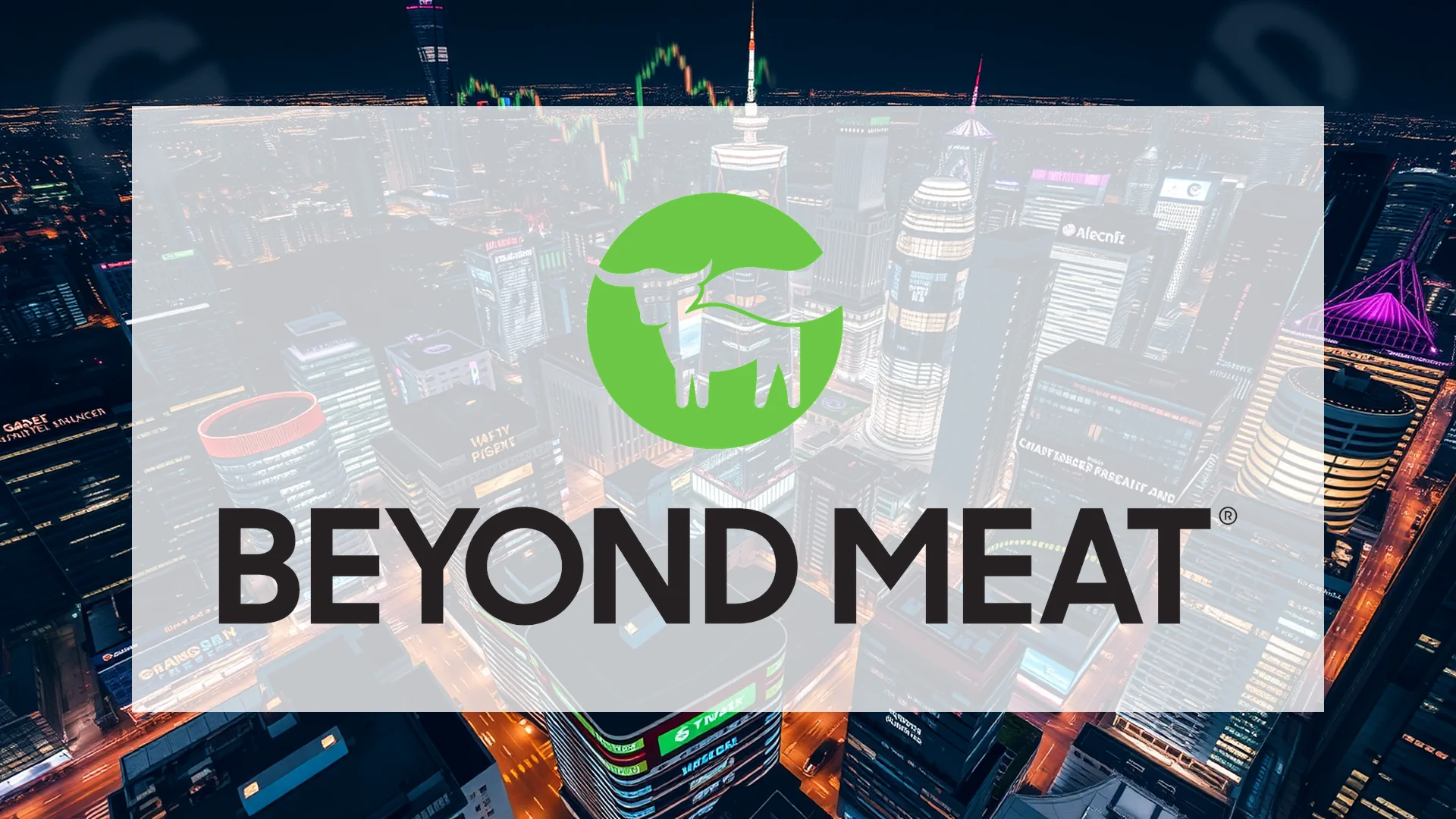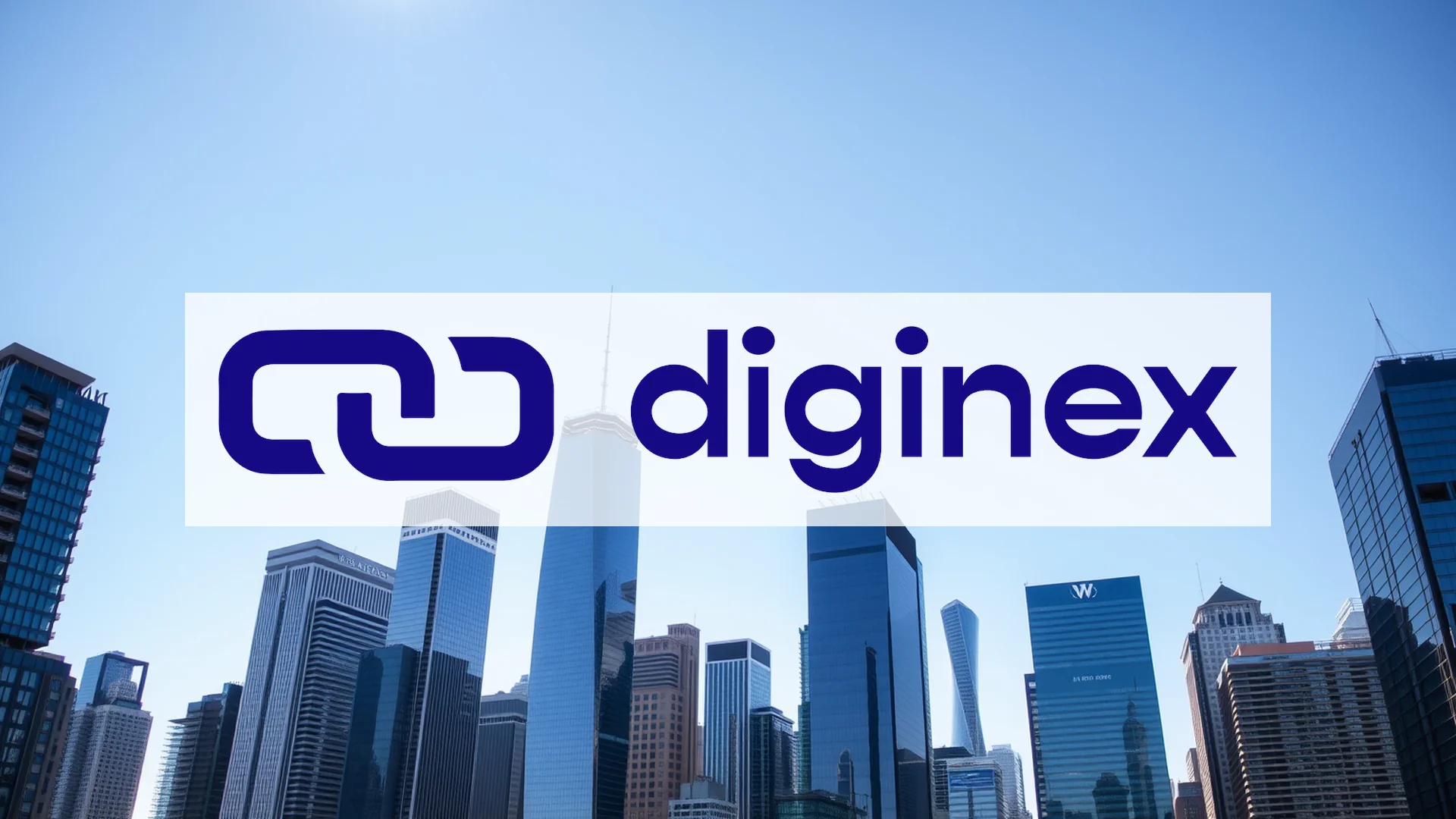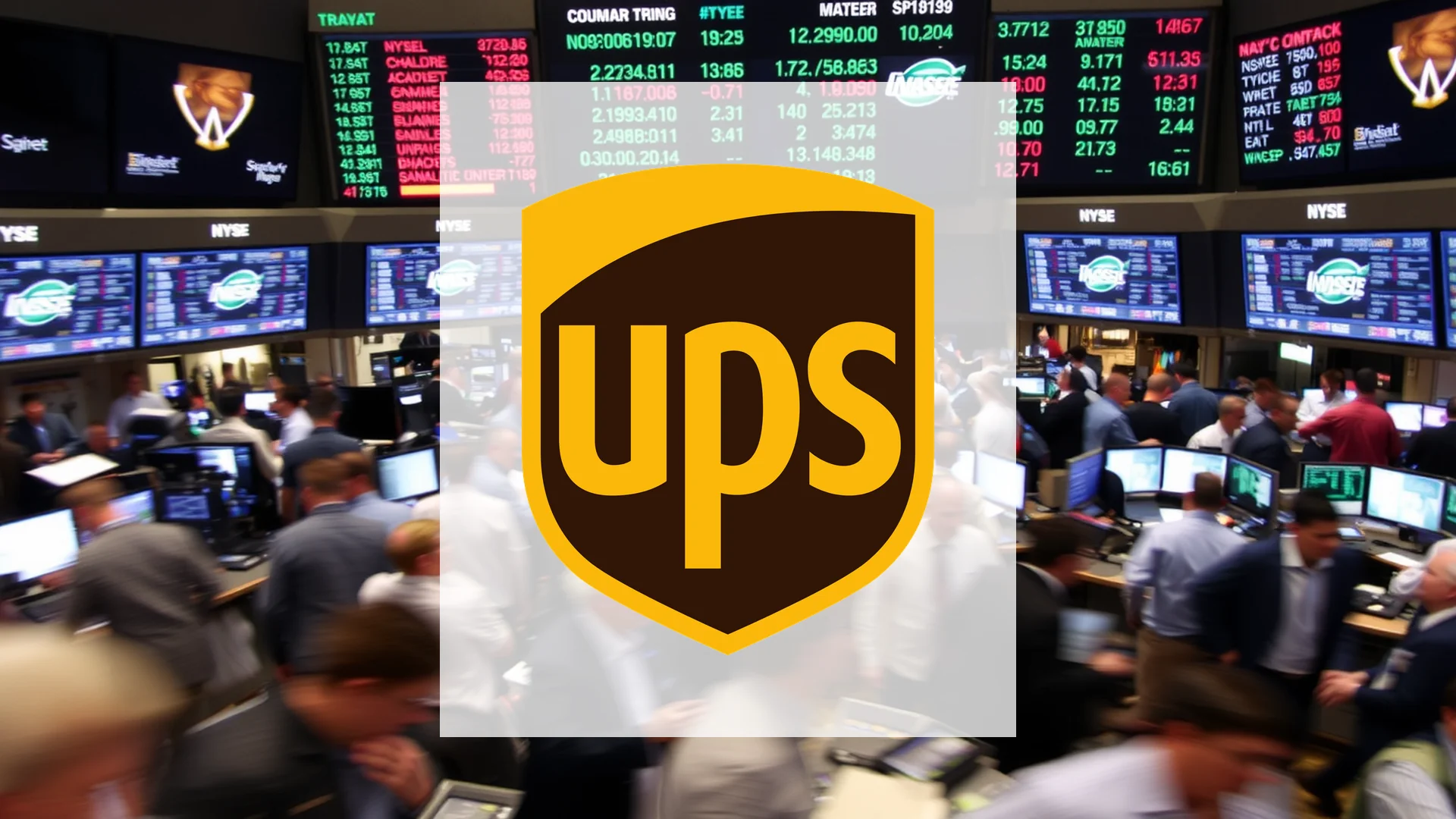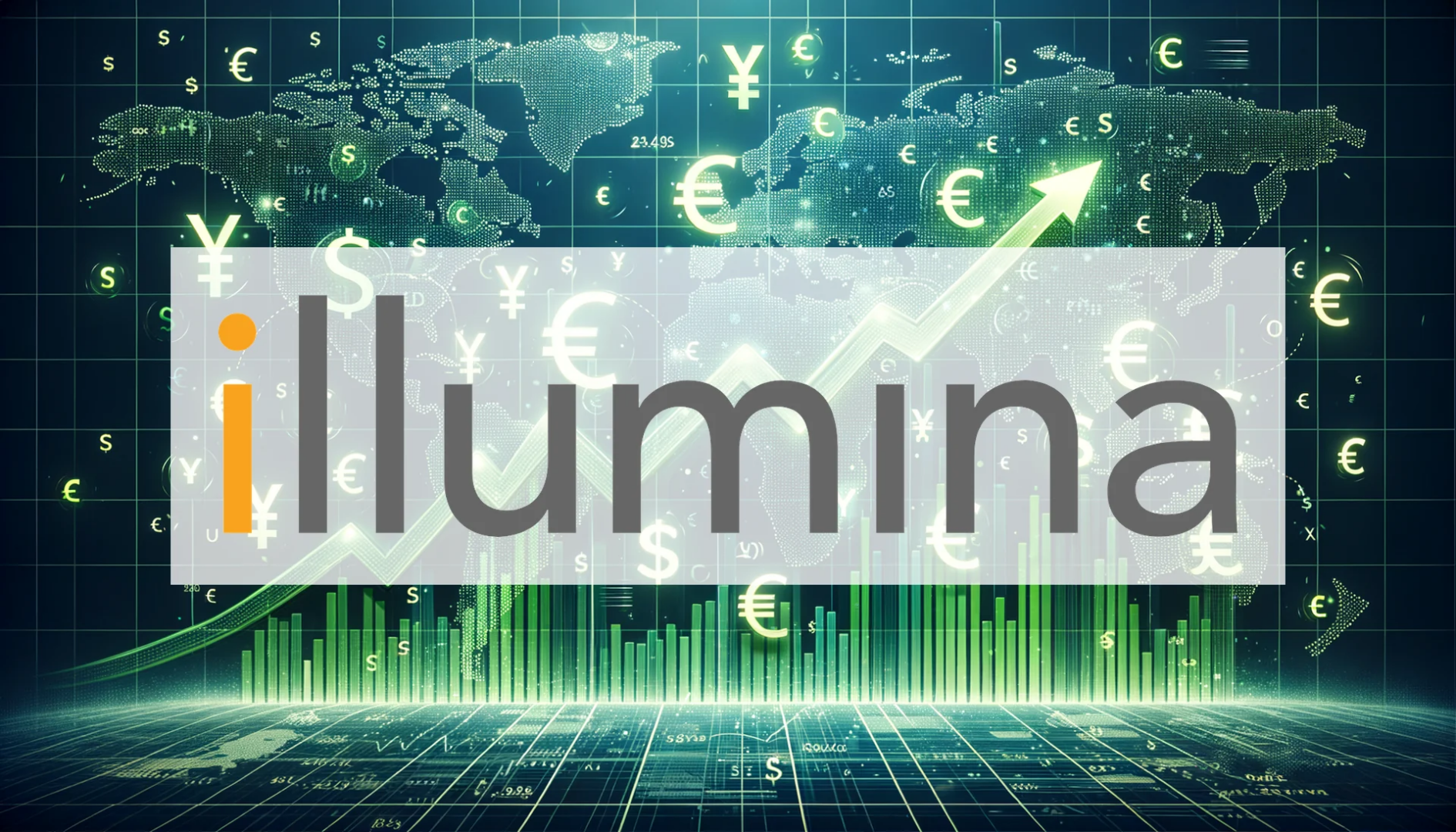In periods of market uncertainty, a consumer staples behemoth like Procter & Gamble is typically viewed as a defensive safe haven. The current scenario, however, tells a different story. Shares of PG have declined by more than 11% over the past twelve months, a stark contrast to the double-digit gains posted by the S&P 500 index. More notably, a retreat is underway among the company’s long-term institutional investors, including pension funds. This development raises critical questions about the future of this household products titan.
Technical Picture Paints a Bearish Outlook
The stock’s chart analysis offers little cause for optimism. Procter & Gamble shares remain trapped in a pronounced downtrend, currently trading perilously close to a critical support level at $144. A decisive break below this price point could trigger a new wave of selling pressure.
Key Technical Levels:
* Support: $144 – A decisive break here could signal further declines.
* Resistance: $152 – The first significant hurdle for any potential rebound.
* 52-Week High: $180.43 – A level that now appears distant.
While broader market indices are scaling new heights, PG’s performance has been sideways to negative. This relative weakness indicates that the market is currently penalizing companies exhibiting sluggish growth, even those with traditionally defensive characteristics.
A Major Pension Fund Scales Back Its Stake
Adding weight to the bearish sentiment, the Employees Retirement System of Texas—a multi-billion dollar pension fund known for its long-term investment horizon—has significantly reduced its holding in Procter & Gamble. The fund sold over 31,000 shares, cutting its position by a substantial 5.5%. Its remaining stake is valued at approximately $87.9 million.
Should investors sell immediately? Or is it worth buying Procter & Gamble?
Movements of this magnitude are seldom accidental. When institutional heavyweights trim their exposures, it sends a clear signal: confidence in future price appreciation is waning. This action suggests that capital may be rotating out of defensive consumer stocks and into sectors with stronger growth prospects, a concerning indicator for those banking on PG’s perceived stability.
Dividend Appeal Amidst a Value Trap Concern
On the surface, Procter & Gamble presents an attractive case for income-focused investors, with a price-to-earnings ratio of 21.7 and a dividend yield nearing 2.9%. However, this is precisely where a potential pitfall lies.
Investors drawn by the dividend must carefully consider the risks. Does a yield of just under 3% sufficiently compensate for the potential of further share price depreciation? If the $144 support level fails, resulting capital losses could quickly erode the gains from the dividend payout. The situation bears the hallmarks of a classic “value trap”—a stock that appears cheap but lacks the necessary catalysts for a sustained recovery.
The coming weeks will be crucial in determining whether Procter & Gamble can arrest its downward momentum or if the pressure on defensive consumer stocks will persist.
Ad
Procter & Gamble Stock: Buy or Sell?! New Procter & Gamble Analysis from November 26 delivers the answer:
The latest Procter & Gamble figures speak for themselves: Urgent action needed for Procter & Gamble investors. Is it worth buying or should you sell? Find out what to do now in the current free analysis from November 26.
Procter & Gamble: Buy or sell? Read more here...

